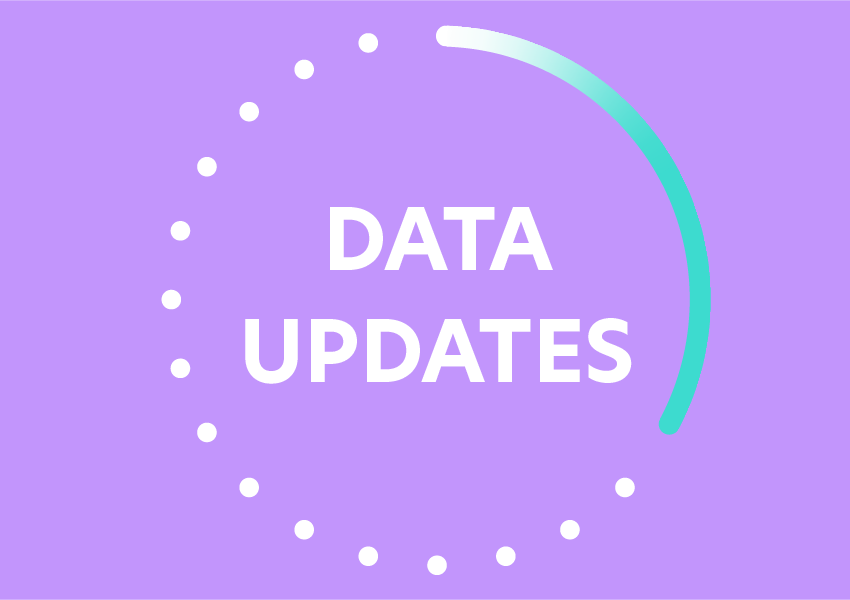
In the latest round of updates made to Local Insight, we’ve introduced a number of new highly requested datasets. These datasets offer valuable insights across housing, health and the environment, but unlike the majority of small-area data indicators within the platform, these are only available at Local Authority-level.
There’s a few things worth keeping in mind when using Local Authority data within Local Insight, as our Head of Research Stefan Noble explained for us:
“This data is designed to be viewed at the Local Authority level. This means that while you can get a comprehensive overview of data for each Local Authority, you will not be able to zoom in to view data at more granular levels such as Wards, Middle Layer Super Output Areas (MSOAs), or Lower Layer Super Output Areas (LSOAs).
Data will only be created for custom areas that are built from Local Authorities. Any custom areas which contain sub-Local Authority component areas or don’t align with Local Authority boundaries will not show any data on the dashboard or data.”
House Price Affordability Ratio
Source: ONS
This indicator provides insight into housing affordability by comparing house prices to gross annual residence-based earnings.
This is calculated by dividing house prices by earnings, based on both median and lower quartile figures for England and Wales. This ratio offers a clear measure of how house prices relate to local incomes across different Local Authorities.
Private Registered Provider (PRP) Average Weekly Rents, by District
Source: Department for Levelling Up, Housing and Communities
This indicator provides annual data on average weekly rent costs for private registered provider (PRP) properties in England. PRPs, most commonly housing associations, are private organisations that offer affordable housing and are typically registered with the Homes and Communities Agency (HCA) or its successor.
These entities, which can include charitable organisations and other private sector bodies, play a vital role in the UK’s affordable housing landscape. The data is sourced from the statistical data return (SDR), an annual submission required from all PRPs, which replaced the previous regulatory and statistical return (RSR) when the HCA assumed responsibility for regulating social housing providers in England on 1 April 2012. It’s worth noting that smaller providers complete a condensed version of the SDR.
Winter Mortality Index
Source: ONS
The Winter Mortality Index is a metric that measures excess winter deaths. It compares the number of deaths occurring in the winter period (December to March) with the average of the non-winter periods (August to November and April to July).
It’s important to remember that this index isn’t just measuring the impact of lower temperatures – but also factors including respiratory diseases and the level of pressure on health services, which have been more intense than usual during and following the height of the pandemic.
Carbon Footprint (Territorial & Consumption) CO2e
Source: Impact
Impact draws on more than 30 datasets to create this metric, which estimates the total amount of greenhouse gases produced directly and indirectly as a result of everyday human activities in the given locality – heating homes, using electricity, transport, producing and distributing food, disposing of waste, etc.
Two indicators are included which show the impact of a number of different greenhouse gases, like methane and water vapour as well as carbon dioxide, collectively as a common unit.
Territorial carbon footprint per person includes all emissions that are generated within a defined geographical area, including those from industry, agriculture and transport activities.
Consumption carbon footprint per person includes upstream and downstream emissions from residents’ consumption of manufactured goods, food and their own transport activity, regardless of where the emissions occur.
Cancer Diagnosis Stage 1 or 2
Source: Office for Health Improvement and Disparities
This indicator shows the percentage of new cancer cases diagnosed at stages 1 and 2, out of all new cases diagnosed at any known stage in England. The stage at diagnosis is crucial, as it indicates how much a cancer has grown and spread. Advanced stages generally mean the cancer is larger or has spread to other parts of the body (metastasis), often resulting in poorer patient outcomes.
This data is valuable for a wide range of stakeholders, from patient groups to healthcare planners, informing early detection strategies and cancer research. It’s also useful for understanding cancer treatment services, as treatment options can vary significantly at advanced stages.
Babies Born with Low Birth Weight
Source: ONS
This dataset presents the rate of low birth weight (less than 2500 grams) live births in England and Wales.
The figures are derived from birth registrations, which are a legal requirement, and represent births to mothers usually resident in these areas. It is also worth noting that not all live births had a weight recorded. This indicator uses Actual number of live births with a weight recorded as the denominator, not Total number of live births.
These datasets are available to explore on the Local Insight platform. If you don’t have a subscription, book a demo and receive a two-week free trial today.
As we enter the UK’s summer months, we’re looking at the ways…
More
Active Essex, in partnership with Essex County Council and Thurrock Council,…
More
Local Insight is now hosting over 330 new indicators from Scotland’s 2022…
More